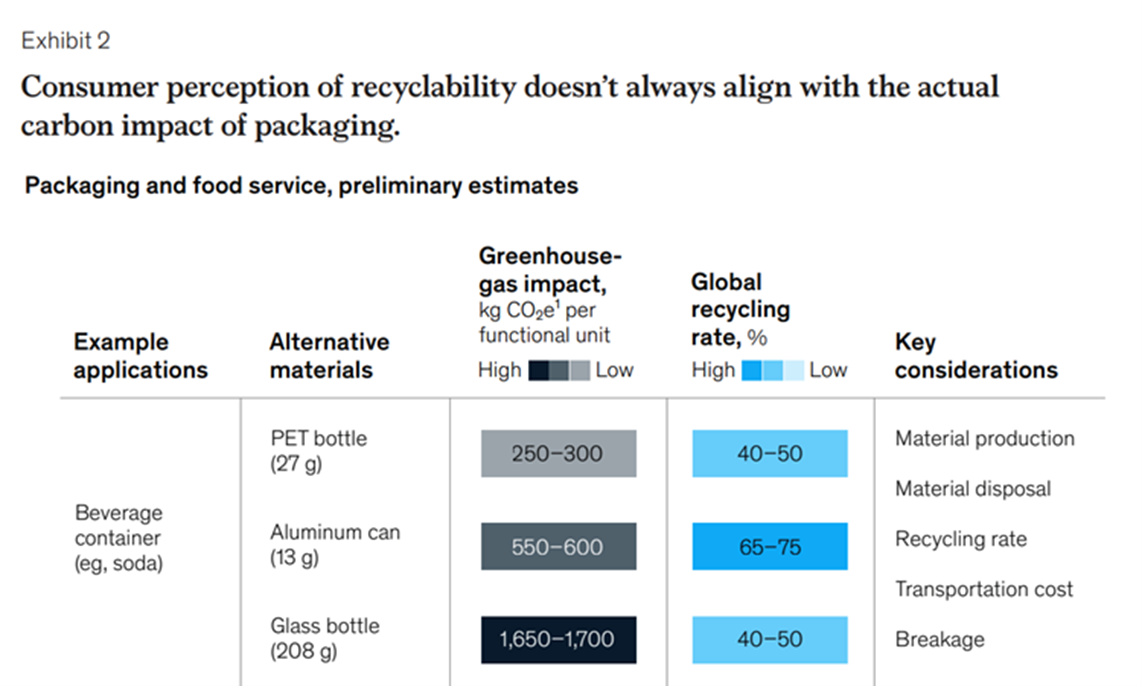Fostering Sustainable Habits
Consumer EducationIn the realm of recycling and the circular economy, consumer education plays a pivotal role in creating informed and eco-conscious individuals.
Understanding Recycling
Where do things go wrong with recycling?
Recycling takes a little effort on everyone’s part.
When single-use plastics such as plastic flatware, cups, plastic film, or food containers are mixed in with recyclable beverage containers, the recycling facility may not be able to sort the recyclable materials, and then nothing ends up getting recycled.
In many cases, those items that could be recycled are actually transferred to a landfill. For residential users, only about 21 percent of what goes in the recycling bin is recycled. (source: Recycling Partnership Report 2024)
Environmental Pollution
What is single-use?
Single-use items are items and packaging that is built from materials that can’t be easily recycled and used over and over again. Single-use materials are used, discarded and then they are downcycled, incinerated or sent to landfill. Many materials, such as cardboard and type 1 (water bottles) and 2 (laundry bottles) plastics are easily recycled if they are handled correctly.
If a PET bottle is not recycled, plastic manufacturers need to produce a new one to take its place. That ultimately supports oil companies, since they sell more new or virgin plastic made from petrol-chemicals pumped from the earth.
It is important to distinguish what can be recycled and become multi-use and what can’t. By capturing as much recyclable material from the overall waste stream as possible, it allows the recycling industry to grow and invest in technology that makes recycling more cost effective and expands the universe or materials that can be successfully recycled.
In 95% of commercial locations their recycled materials ultimately end up in landfill. We follow an approach that starts by creating circular economies for a location’s easiest to recycle materials. This typically will create tangible and promotable recycling success and it builds momentum to expand recycling to other materials. Typically, we start with used beverage containers, plastic bottles and aluminum cans and cardboard. They are all easily recycled and have well-established recycled material markets in the US and Canada.
A recent McKinsey study (McKinsey & Company, True Packaging Sustainability, Understanding the Performance Trade-offs, 2021) documented these impacts:

Get Started
135 Willow Way
Roswell, GA 30076
info@csadvisors.eco
